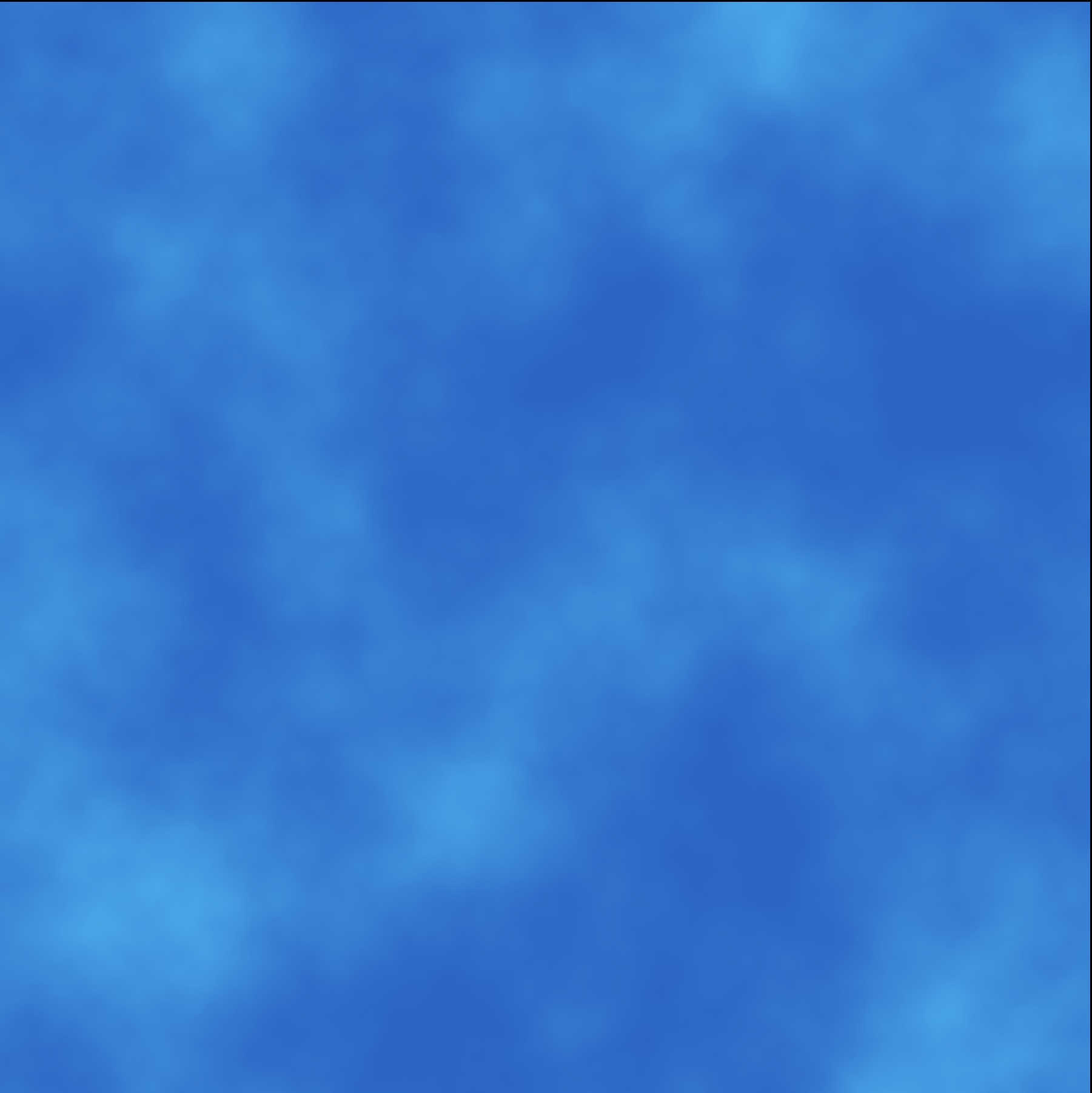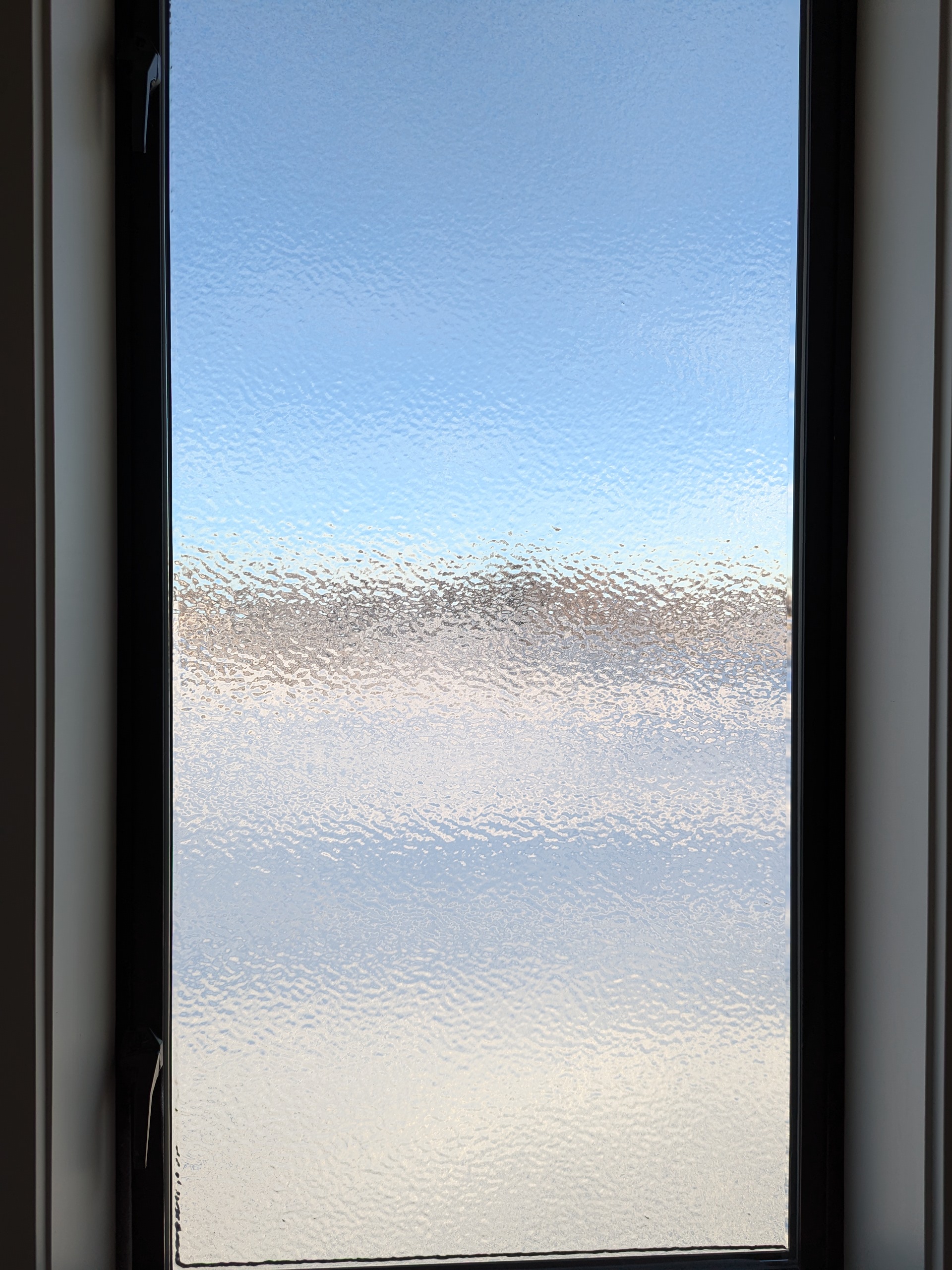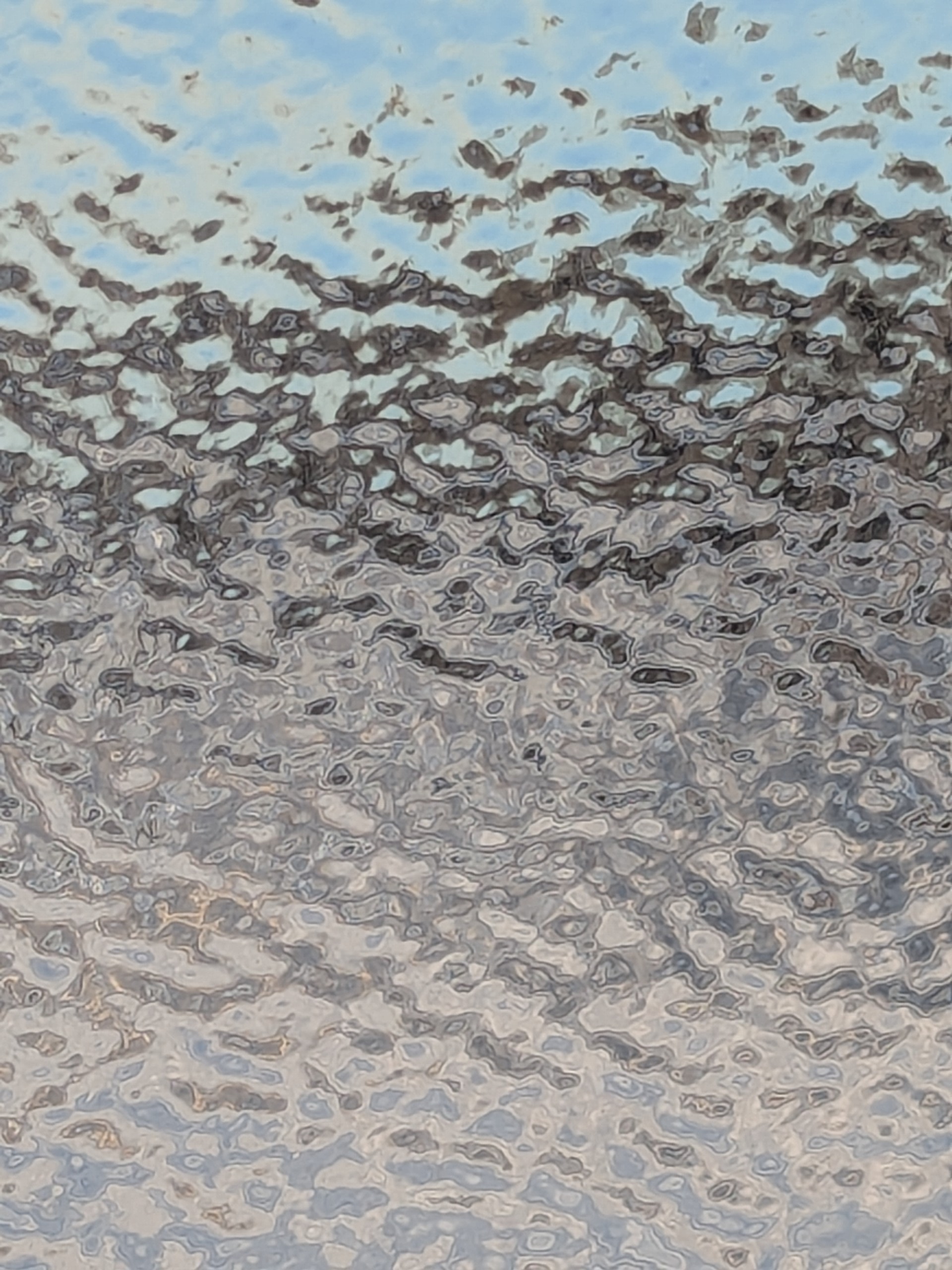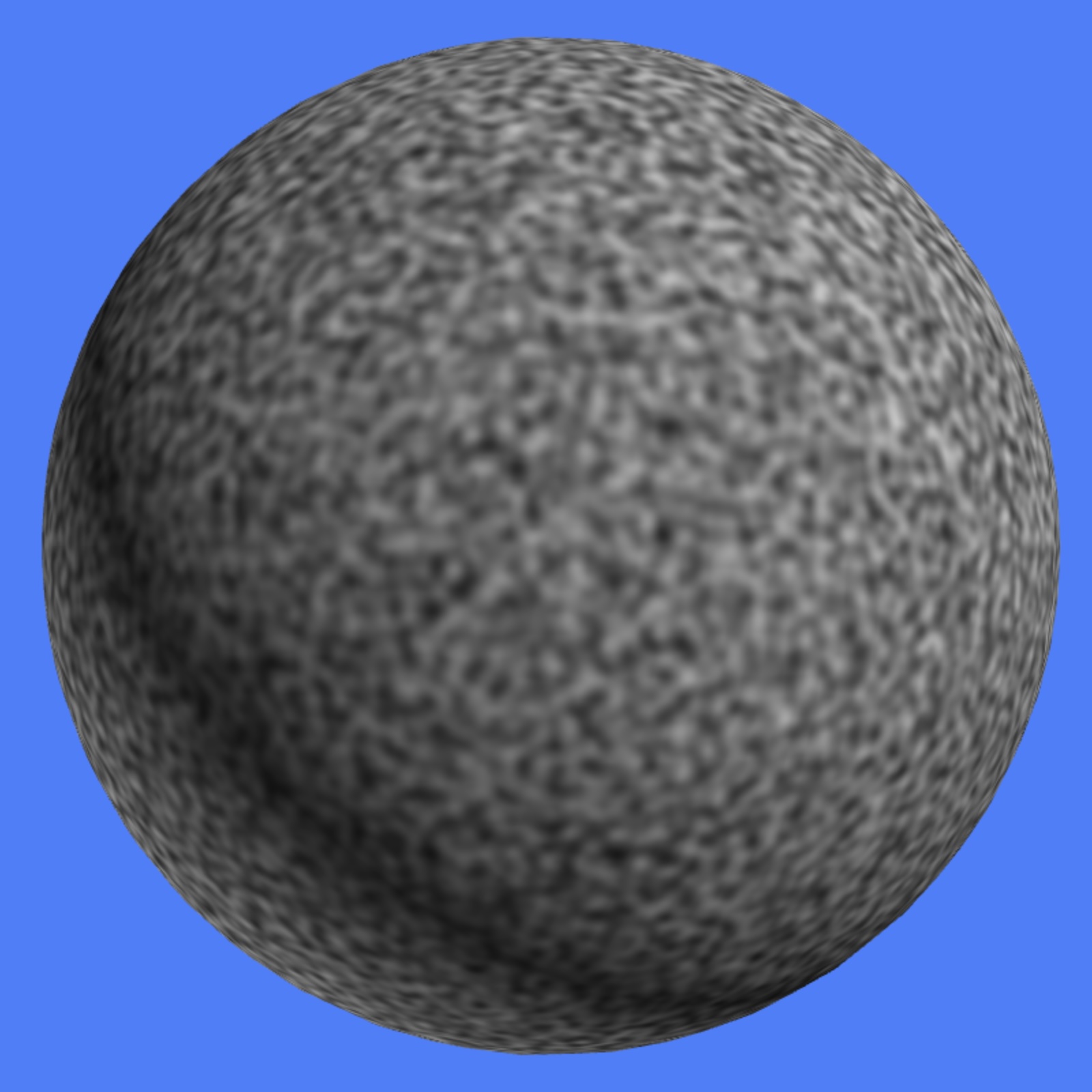As long as I am using my new implementation of 3D noise to build something as lofty as clouds, I thought another good test would be to try the opposite. And the opposite of the heavens is the earth. So today I made a rock.
The rock is built by creating a sphere, and varying the radius of the sphere via a fractal sum of noise. That is, I displace the surface of the sphere by adding together noise at many different scales.
This is pretty much what you see when you look at mountains or coastlines. Something that would otherwise be straight has been perturbed by random forces at many different scales. And 3D noise is really good for simulating that.
For good measure, I added a subtle mottling to the surface color, to suggest that the rock is a composite of various minerals. You can see the result below.





